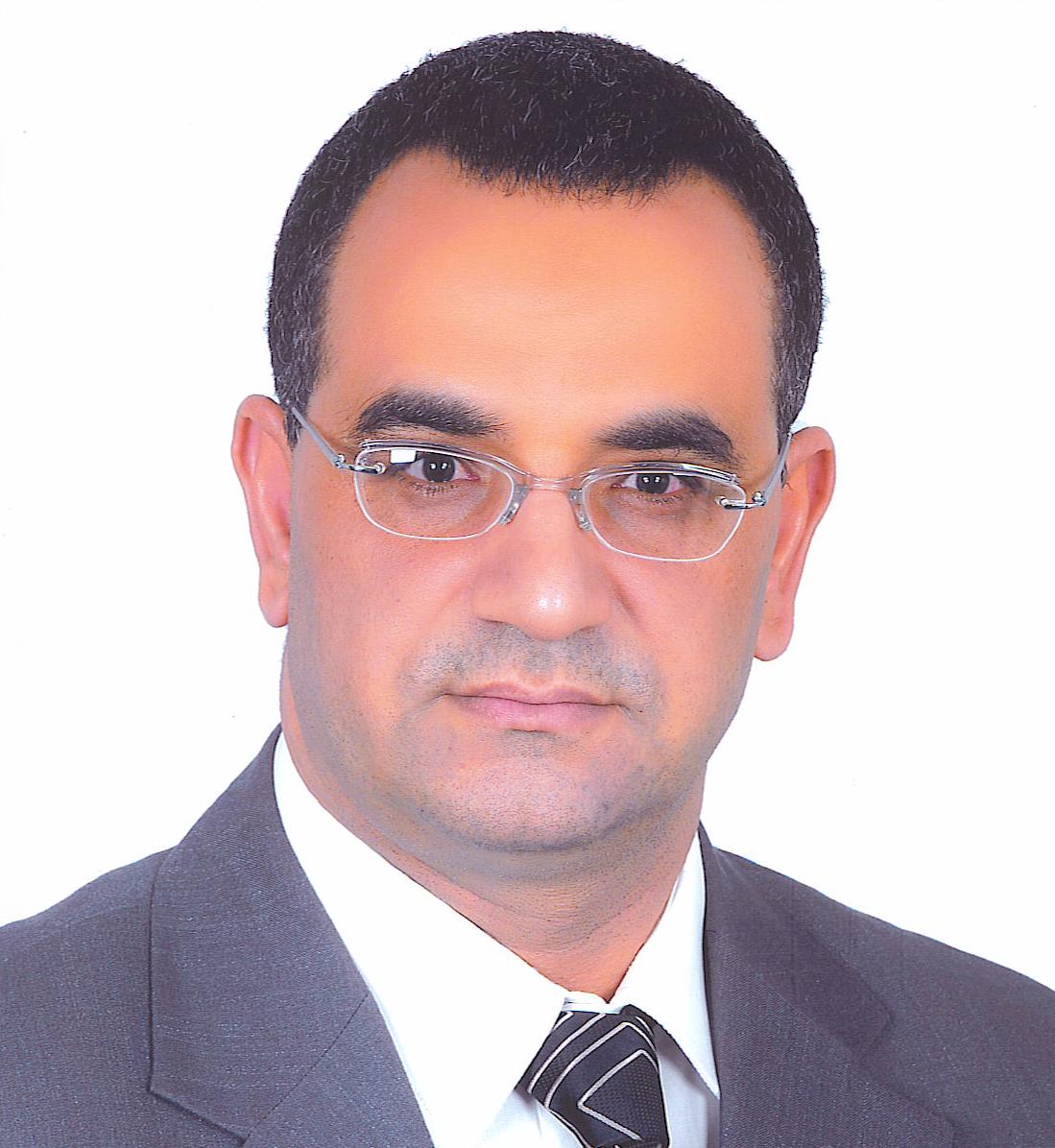The limited availability and the inevitable sacrifice of a functioning nerve with the donor-site morbidity continue to stimulate researches to find alternatives that can be used instead of the natural nerve autografts. The use of biological or synthetic conduits to bridge a nerve gap and enable nerve fibers to reconnect the distal stump, where the axons can continue to their end organs, stands as a promising option. In this study we tried to evaluate the use of E-matrix, novel injectable hydrogel matrix material, in the regeneration rat sciatic nerve. A 10mm gap was created in the right sciatic nerve in 40 female Sprague-Dawley rats, which were randomly divided into 5 groups, each consisted of 8 rats. In group I, the nerve segment was sutured in place (autograft group), in the other four groups a jugular vein graft (VG) was used to bridge the gap; with no additions in group 2 (VG group), nerve growth factor (NGF) was injected in the vein graft in group 3 (NGF group), E-matrix was injected in the vein graft in group 4 (E-matrix group), and a mixture of NGF and E-matrix was injected in group 5 (NGF+E-matrix group). Four rats from each group were sacrificed after 6 weeks of surgery while the other 4 rats were sacrificed after completing 12 weeks. Functional evaluation was done every 2 weeks by measuring the sciatic functional index (SFI). Nerve conduction velocity and conduction latency studies were performed and then the whole grafted segment was taken for histological examination before the rat was sacrificed. We found no significant difference between groups regarding SFI at all time. The NGF-treated group 3 had the best nerve conduction recovery. On histological examination, the rats in which E-matrix was injected either alone or along with NGF had the larger nerve caliber and the greater axon number per nerve compared to VG or NGF groups, and the nerve size and axon number were almost comparable to the values found in the autograft group. This study confirms the value of vein graft as an alternative for nerve autograft and introduces a novel scaffolding material with which we could achieve a regenerated nerve comparable to the autograft in caliber and functionality.

